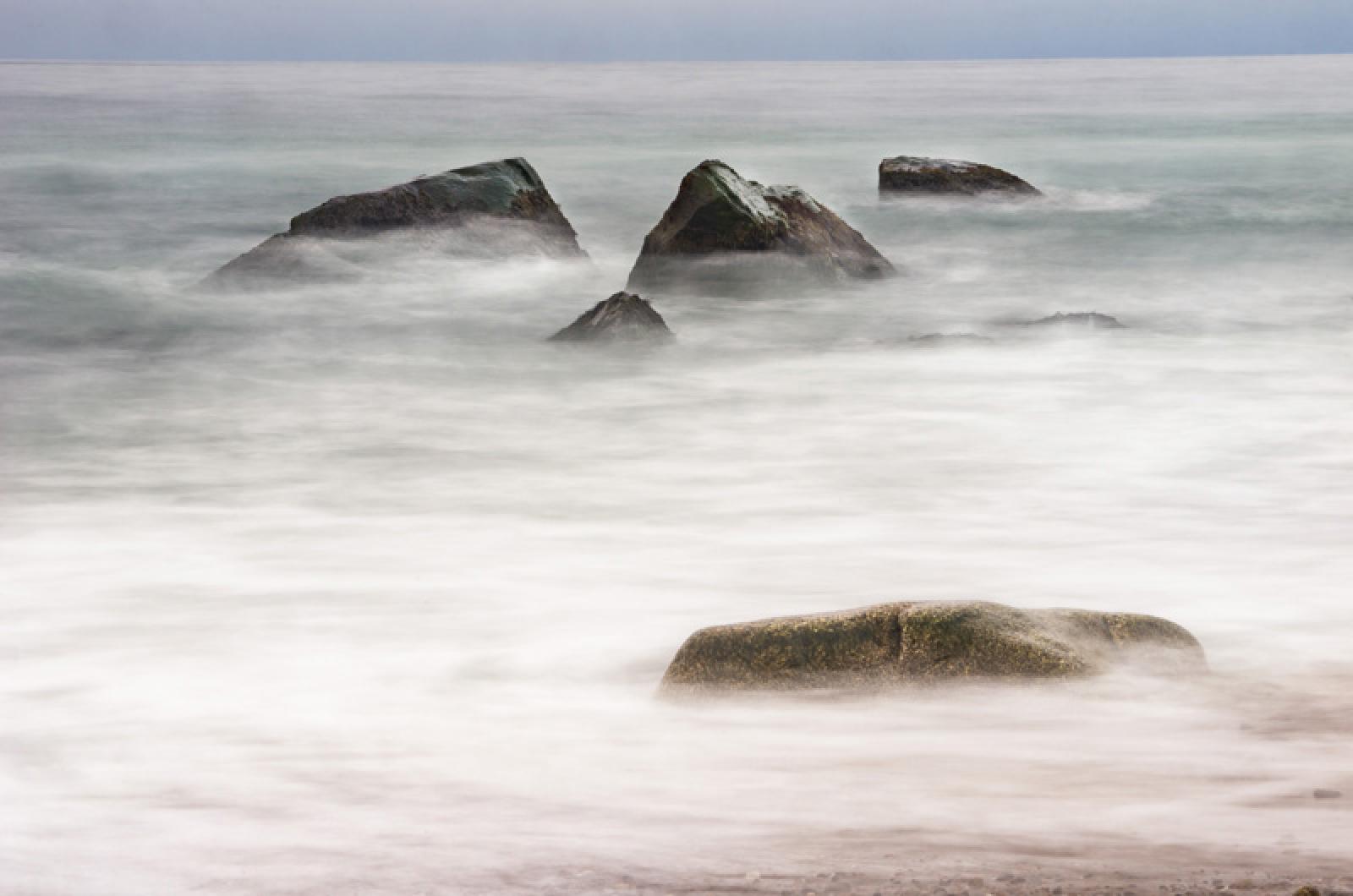From the Feb. 17, 1933 edition of the Vineyard Gazette:
Martha’s Vineyard is sometimes advertised as possessing everything that can be found anywhere else on earth with the possible exception of snow-capped mountains. This of course, with reference to topography and climate. But there are other attractions, manmade, that hold an interest for the historian and the delver into the past, if they be sought for and located. True, there are no mediaeval castles, the Island has not been occupied by workers in masonry for a sufficiently long time to produce them, but there are monuments, aged and vine-grown, the stones of which have lain in their niches for many generations. Probably the nearest approach to castle or tower is the brick kiln of Oliver Tilton.
The age of this structure may be judged in a measure from the fact that Oliver Tilton died, a very aged man, just short of a century ago. That he used this kiln through many of his active years is well known, but whether or not he inherited it from an earlier ancestor cannot be told.
The location of this kiln is far from any travelled road of today, the site being on a low hill, more than a mile from North Road. In Oliver Tilton’s time, and even in the days of the next two generations, a well travelled road crossed the Island from Roaring Brook to Edgartown, a few rods from the kiln. Traces of the deep rutted road may still be seen here and there.
Roughly circular, the kiln is about twenty feet across, with walls of broken and cut stone, still standing a few feet in height. Loose stones lying on the ground around it show that the walls were once much higher.
There is no mortar or cement in these walls. The stones are laid with such exactness that none was needed. Even the gaps between them are so narrow that draught holes were left around the base of the kiln to supply air to the fires within when the bricks were being burned. Bushes grow thickly about it, vines climb over the stones and the entire structure is well concealed from passing view and, unless disturbed, may stand for centuries to come, so solidly is it constructed.
Search of the surrounding lands reveal the source of the materials with which the kiln was fed. Only clay pits, worked by Oliver Tilton and his descendants, honeycomb the low ground, and in spots the gleaming white sand and mica may still be seen shining in the sunlight. Up from these pits come the ox-teams loaded with clay and sand. Somewhere on the hilltop, these materials were mixed, pressed and dried before being stacked in the kiln. When the kiln was filled, the cord wood was stacked around and over the bricks, great quantities of it, and the torch applied. It was then that the old brickmaker went to his neighbors for assistance. The fires must be kept up night and day until the bricks were properly burned, and there are still aged Chilmark men who have stayed up through the night “watching kiln” for brickmakers who used the old structure.
Wild and picturesque indeed must have been the sight when Oliver Tilton and his men “burned kiln” through the long nights, when the walls of the kiln stood high and straight, and glowed ruddy red through the darkness with the fires within, and the bricks glowed redder yet. Stacks of wood lay around the kiln, piled far enough away to prevent ignition, and the ground was trampled with the passage of many a booted foot and many a laboring cloven hoof. There, halfway around the lee side of the kiln, where the warmth could reach them without becoming too hot, the crew sat and smoked their pipes, rising now and then to thrust more logs on the fire, or to rake out ashes from the draught holes in the walls.
When the kiln was burned down and cooled, the opening and sorting began. Only the inner arch bricks were the best quality. These were the deep red and very hard. Others that were somewhat protected from the heat were the “salmon” bricks, so called from their color, and still others, properly burned but damaged in shape, were the “swelled” bricks, rejected for chimney building, but employed for building in many cases.
Bricks are no longer made on Martha’s Vineyard. Several places are pointed out where they were once manufactured, places where relics of the industry still remain. But they are rapidly disappearing, wasting away, sinking into the ground. The brick construction, and the iron and wood of more recent years are not proof against the ravages of winter gales and salt-laden storm winds. In due time they will have vanished entirely, and even the memory of their being will have gone. But the stone kiln of Oliver Tilton will stand, as it stands today after a century and a half of use, at the very least, unless the hand of man shall tear it down. Built by the rule of the pioneer, who built it for service and longevity, it will remain, a monument to Vineyard industry and faithful workmanship, perhaps the only monument its builder has ever had.
Compiled by Hilary Wall
library@mvgazette.com




Comments
Comment policy »